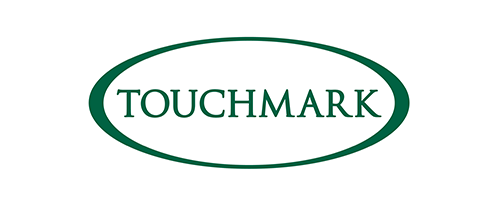New in-home AI tool monitors the health of elderly residents
Engineers are harnessing artificial intelligence (AI) and wireless technology to unobtrusively monitor elderly people in their living spaces and provide early detection of emerging health problems.
The new system, built by researchers at the University of Waterloo, follows an individual's activities accurately and continuously as it gathers vital information without the need for a wearable device and alerts medical experts to the need to step in and provide help.
"After more than five years of working on this technology, we've demonstrated that very low-power, millimetre-wave radio systems enabled by machine learning and artificial intelligence can be reliably used in homes, hospitals and long-term care facilities," said Dr. George Shaker, an adjunct associate professor of electrical and computer engineering.
"An added bonus is that the system can alert healthcare workers to sudden falls, without the need for privacy-intrusive devices such as cameras."
The work by Shaker and his colleagues comes as overburdened public healthcare systems struggle to meet the urgent needs of rapidly growing elderly populations.
While a senior's physical or mental condition can change rapidly, it's almost impossible to track their movements and discover problems 24/7 -- even if they live in long-term care. In addition, other existing systems for monitoring gait -- how a person walks -- are expensive, difficult to operate, impractical for clinics and unsuitable for homes.
The new system represents a major step forward and works this way: first, a wireless transmitter sends low-power waveforms across an interior space, such as a long-term care room, apartment or home.
As the waveforms bounce off different objects and the people being monitored, they're captured and processed by a receiver. That information goes into an AI engine which deciphers the processed waves for detection and monitoring applications.
The system, which employs extremely low-power radar technology, can be mounted simply on a ceiling or by a wall and doesn't suffer the drawbacks of wearable monitoring devices, which can be uncomfortable and require frequent battery charging.
"Using our wireless technology in homes and long-term care homes can effectively monitor various activities such as sleeping, watching TV, eating and the frequency of bathroom use," Shaker said.
"Currently, the system can alert care workers to a general decline in mobility, increased likelihood of falls, possibility of a urinary tract infection, and the onset of several other medical conditions."
Waterloo researchers have partnered with a Canadian company, Gold Sentintel, to commercialize the technology, which has already been installed in several long-term care homes.
A paper on the work, AI-Powered Non-Contact In-Home Gait Monitoring and Activity Recognition System Based on mm-Wave FMCW Radar and Cloud Computing, appears in the IEEE Internet of Things Journal.
Doctoral student Hajar Abedi was the lead author, with contributions from Ahmad Ansariyan, Dr. Plinio Morita, Dr. Jen Boger and Dr. Alexander Wong.
Do you have news to share?
The ICAA welcomes your news submissions. Please send your press releases to colinmilner@icaa.cc-the ICAA's email for submissions-and staff will consider your news for possible publication. Newsworthy topics include such things as center/community openings; initiative or campaign launches; announcements of awards, promotions or grants; and other topics of interest to active-aging professionals.
Share






























